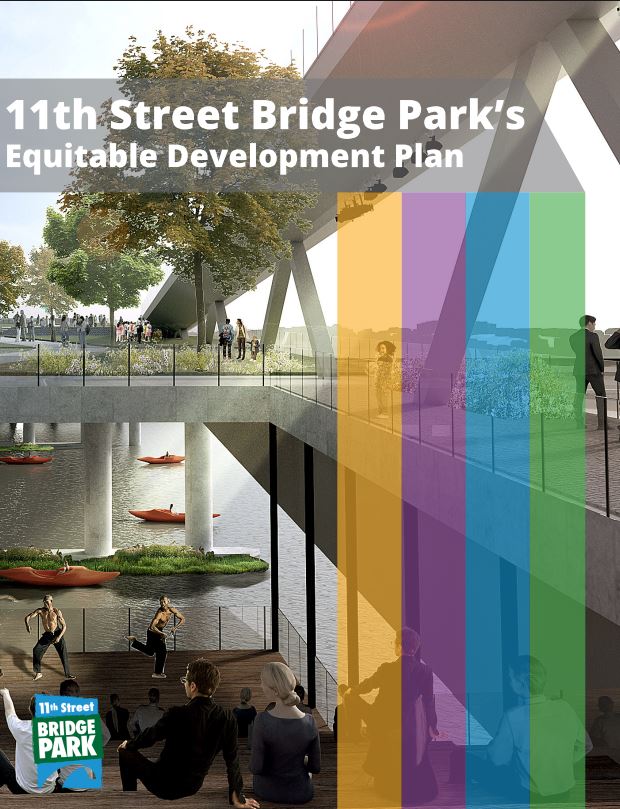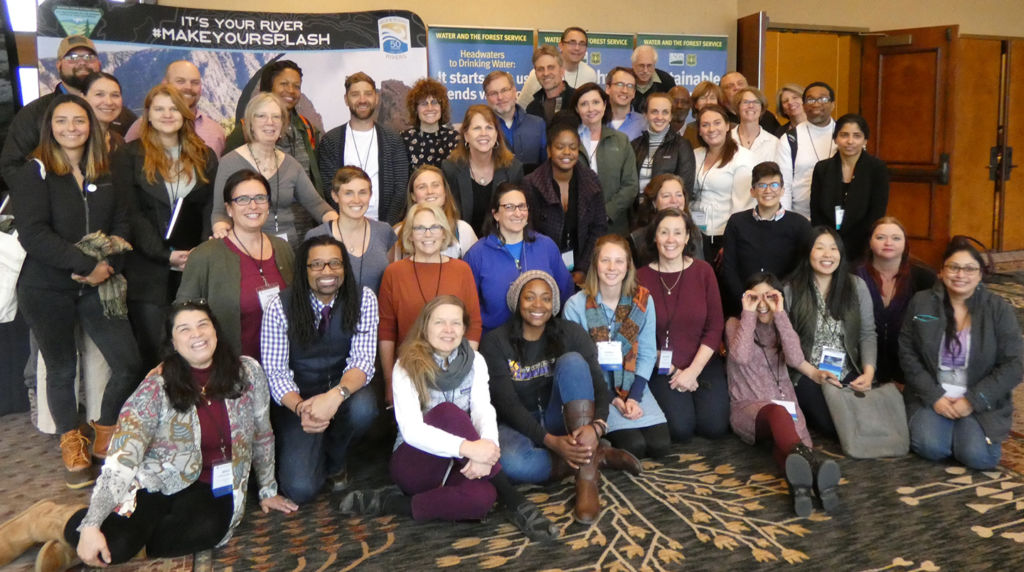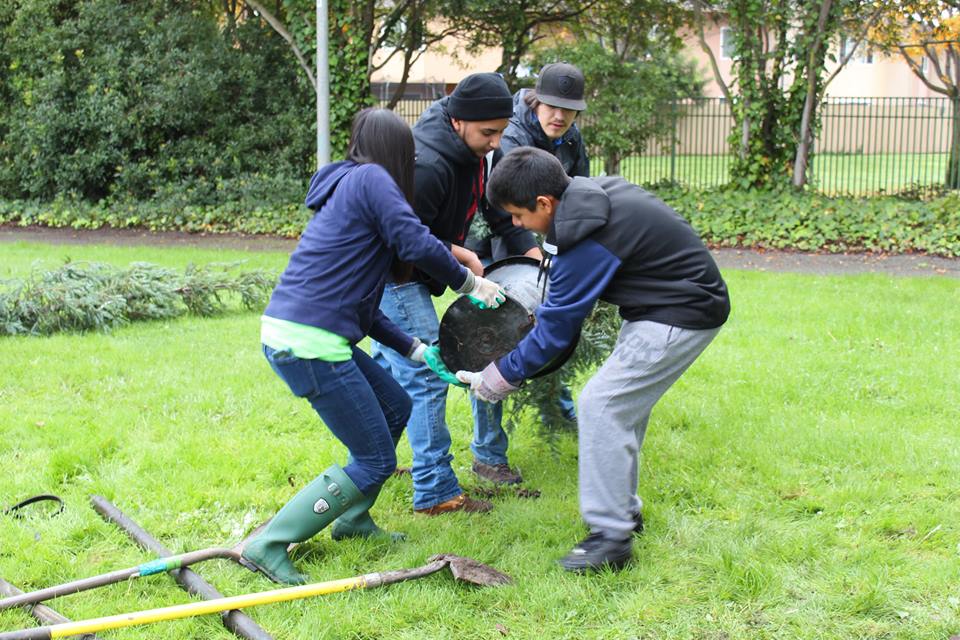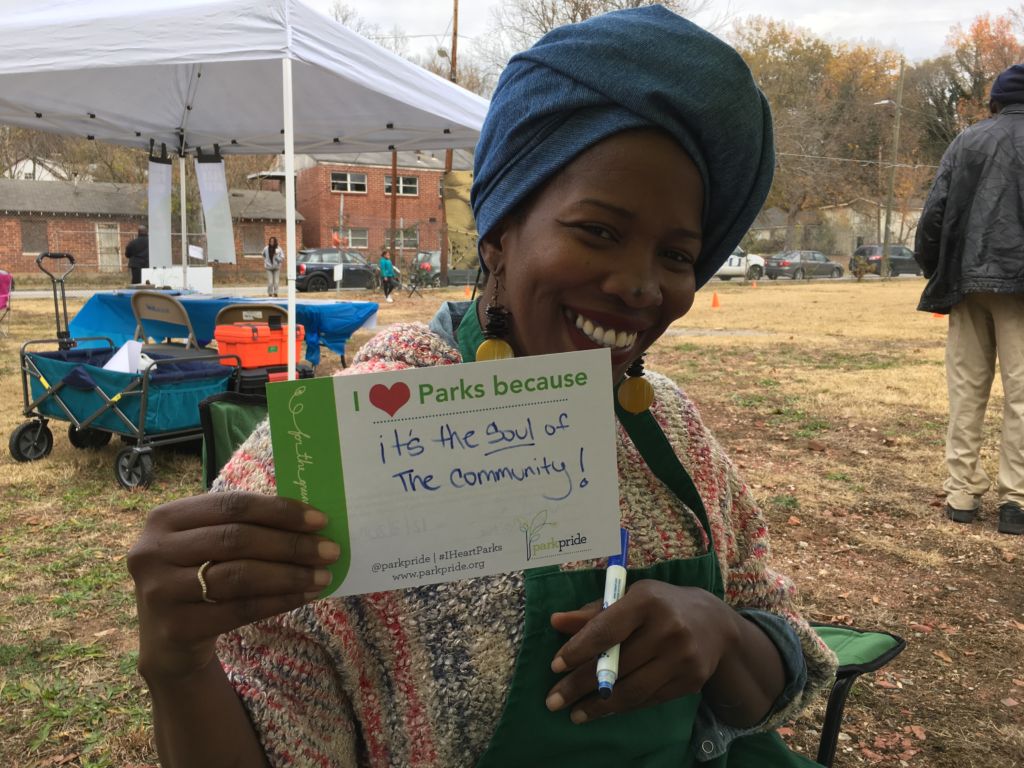workforce development
January 18, 2024
Recorded on January 17, 2024, we hear from experienced practitioners about their experiences creating community-led environmental transformation through green jobs. Discover how communities have successfully built green workforce programs to transform vacant or contaminated lands while bridging communities’ climate and economic goals.
April 23, 2019
The report describes opportunities for equitable policy-making in municipal and regional settings for urban forestry initiatives. Community-based workforce development and job opportunities are described as well as an example of […]
March 18, 2019
The 11th Street Bridge Park Equitable Development Plan was developed in 2015 following a year-long, community-led effort to ensure that nearby residents can benefit from this new civic space planned […]
March 15, 2019
This report begins by outlining the history of development and disinvestment of DC’s Wards 7 and 8, recent housing market trends in the DC area, and resident perspectives on new […]
March 12, 2019
People learn from each other, and inspire each other… People exchange ideas and practices and bring them into their own communities… People tackle hard questions and have honest […]
March 11, 2019
The report was created by Master of Urban and Regional Planning students at Portland State University for the Living Cully partnership, which is a collaborative effort to create environmental infrastructure […]
February 19, 2019
The South Platte River Urban Waters Partnership (SPRUWP) focuses on the headwaters and the Denver metropolitan area, and consists of over seventy organizations, including Federal and state government, municipalities, universities, NGOs and private businesses, all collaborating to address the problems facing the South Platte and improve this vital waterway for current and future generations — as well as those who live downstream of Denver.
October 15, 2018
Groundwork Richmond, established in 2010, is one of 20 Trusts within the Groundwork USA network. The organization plays an integral role in developing the greenway, greening the urban landscape, engaging the community, and educating youth. Environmental justice is also central to Groundwork Richmond’s programs, which benefit both the environment and the local community. Groundwork Richmond has formed strong partnerships with local organizations and agencies to provide meaningful job training and workforce development to build the Richmond Greenway and enhance urban forestry.
June 20, 2018
In 2013, the Proctor Creek Watershed was designated by the EPA as an Urban Waters Federal Partnership location, with goals to engage the community while improving water quality, providing green spaces, and supporting green infrastructure. The Conservation Fund was awarded an EPA Urban Waters Small Grant in 2016 to work with residents and multiple organizations of the Proctor Creek Watershed to create green infrastructure solutions that benefit the community and the environment.
November 6, 2017
Service learning is a powerful tool for connecting people and their communities to local parks and natural areas. To celebrate the centennial of the National Park Service, the REI Foundation partnered with the National Park Foundation to fund projects that introduce underserved, inner-city youth to their nearby national parks and engage them in service projects to improve them. The project purpose is to foster stewardship among participants, help them to discover opportunities for outdoor recreation, and instill the value of nature and our nations’ parks—both national and local.










